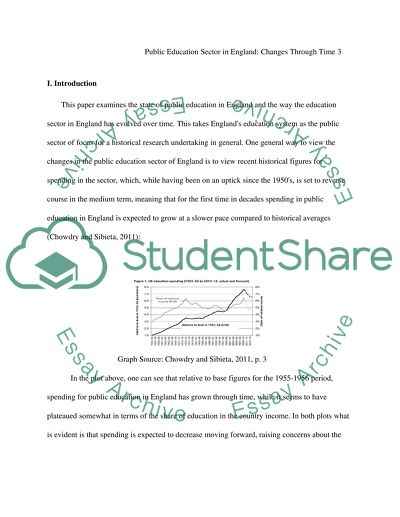Cite this document
(Changes in the Educational Sector in England Assignment Example | Topics and Well Written Essays - 1500 words, n.d.)
Changes in the Educational Sector in England Assignment Example | Topics and Well Written Essays - 1500 words. https://studentshare.org/education/1497978-select-a-public-service-or-service-industry
Changes in the Educational Sector in England Assignment Example | Topics and Well Written Essays - 1500 words. https://studentshare.org/education/1497978-select-a-public-service-or-service-industry
(Changes in the Educational Sector in England Assignment Example | Topics and Well Written Essays - 1500 Words)
Changes in the Educational Sector in England Assignment Example | Topics and Well Written Essays - 1500 Words. https://studentshare.org/education/1497978-select-a-public-service-or-service-industry.
Changes in the Educational Sector in England Assignment Example | Topics and Well Written Essays - 1500 Words. https://studentshare.org/education/1497978-select-a-public-service-or-service-industry.
“Changes in the Educational Sector in England Assignment Example | Topics and Well Written Essays - 1500 Words”. https://studentshare.org/education/1497978-select-a-public-service-or-service-industry.


